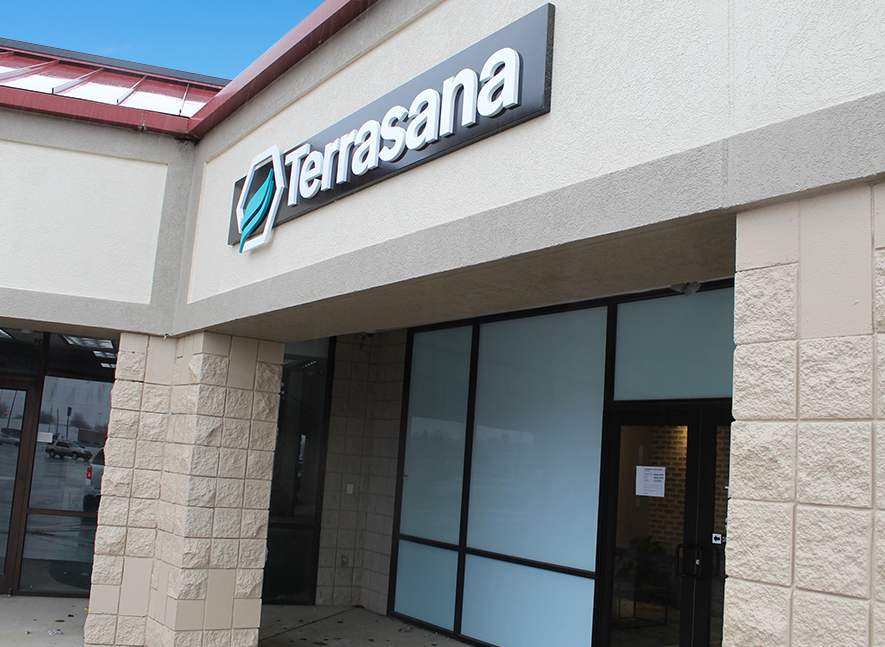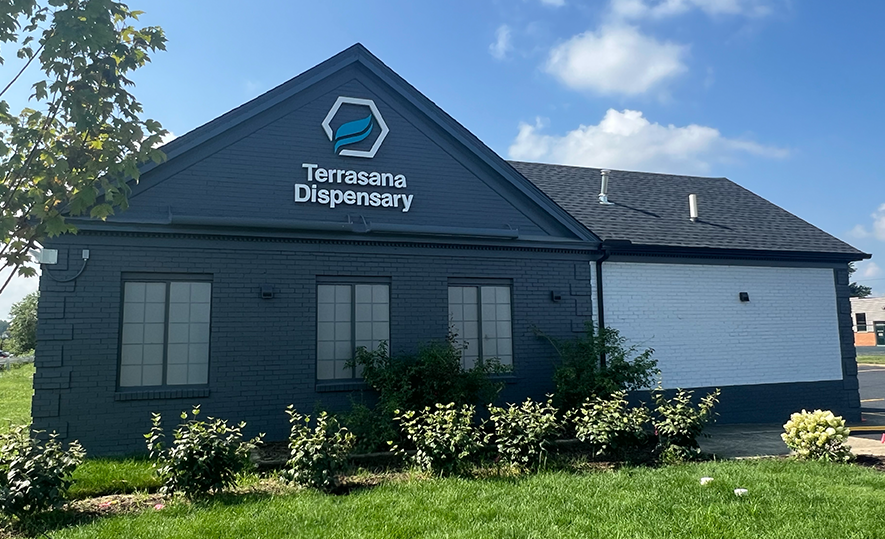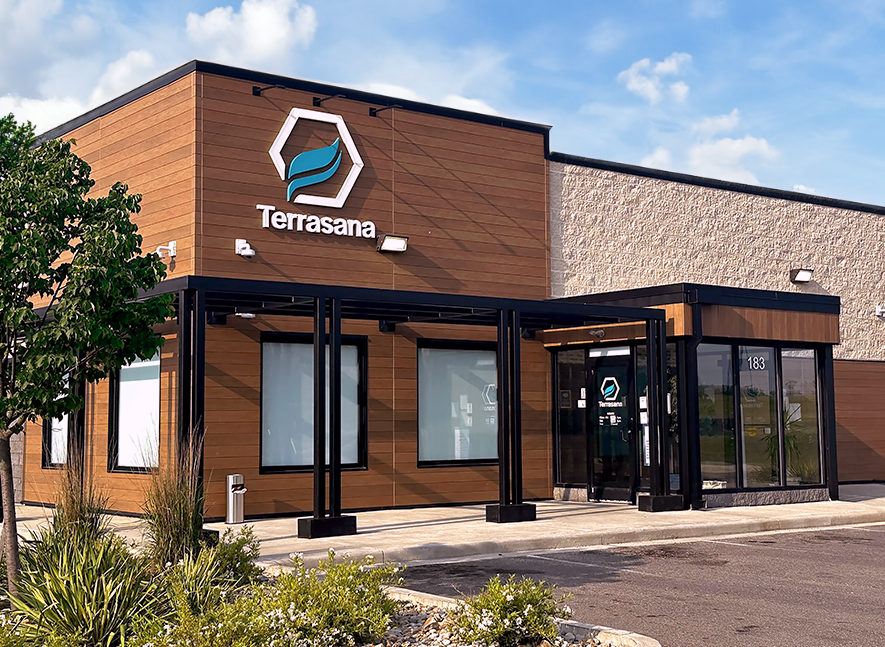
The Science Behind a Marijuana Vaporizer
In the past, it used to be that in order to consume a marijuana product, one had to smoke it, but with growing popularity and legality throughout the United States, manufacturers are looking to provide new ways to consume their hemp-derived products. While smoking remains popular, consumers are now looking to other means like edibles, tinctures, and vaporizers.
While the technology has been around since the 1920’s, vaping marijuana has seen increased interest among consumers within the last few decades. Whether it’s because vaping reports to be healthier than smoking or the fact that some people report that it produces a stronger high, customers are looking to consume marijuana this way more and more.

When smoking marijuana, a flame from a match or lighter is typically used to light the cannabis, which produces smoke that gets inhaled. Those who smoke marijuana often report that the experience can be harsh. Additionally, since it is not legal to burn cannabis in Ohio, vaping marijuana is the preferred alternative.
Unlike smoking a joint or using a bong, marijuana vaping does not use a flame. Instead vaping technology uses convection and conduction to heat marijuana at a lower temperature than smoking and turn it into a vapor for consumers to inhale.
Conduction heating requires that a substance, like marijuana, gets heated through direct contact with a heat source. Think of conduction heat the same way you’d make scrambled eggs in the morning. You heat your favorite frying pan and the eggs in the pan are cooked.
When using a conduction vaporizer to consume marijuana, the heat source is usually made of ceramic material or some time of metal. The material is usually heated using some kind of electricity. The majority of marijuana vaporizers use conduction technology, but there are some that also use convection heat.
In differentiation to conduction marijuana vaporizers, convection vaporizers don’t use direct heat. In other words, with convection, the heated material (the ceramic material or metal showcased above) would never make contact with the marijuana flower or concentrate. Instead, the convection vaporizer heats air inside a chamber with marijuana, producing a vapor that a consumer can inhale. Instead of making scrambled eggs in a frying pan using direct heat, you’re roasting a chicken in an oven with hot air. While they take longer to heat up, convection vaporizers present less risk of burning the marijuana while someone is consuming it.
If you’re interested in trying a marijuana vaporizer, browse our locations online or come into one of Terrasana’s Ohio locations in Cleveland, Columbus, Fremont, or Springfield for personalized recommendations. We look forward to helping you.





